Net Effective Office Costs Edge Up
These submarkets stand out in Savills’ latest trends report.
Demand for top-quality office space continues, according to a new report from Savills, with net effective costs for such assets rising by 0.7 percent in North America in the fourth quarter of 2024.
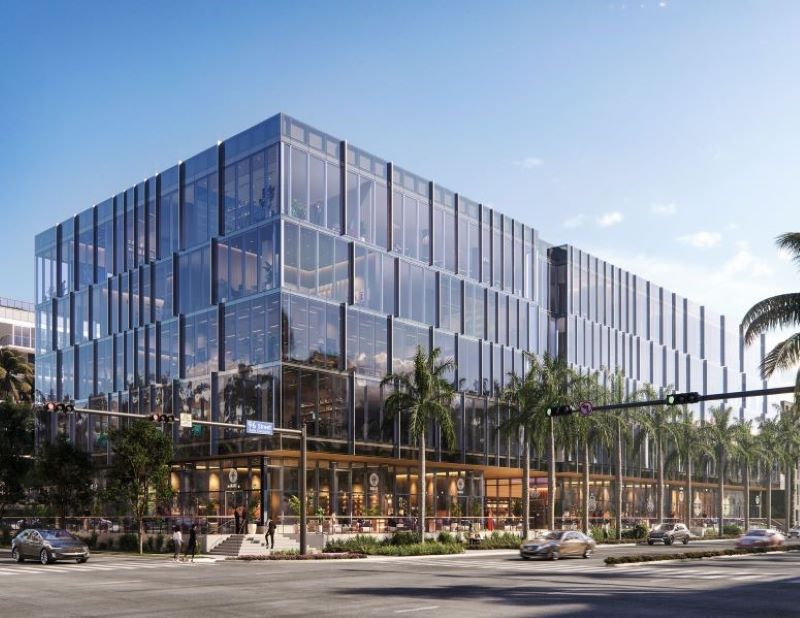
On a global level, average net effective costs for prime office space rose by just 0.1 percent compared to the third quarter. The increase was driven by a 0.3 percent growth in gross rental rates and an uptick of 0.2 percent in fit-out costs, moderated by landlord concessions. Overall, the upward trend for the year stood at 1.9 percent.
With a net effective cost to occupier of $206.7 per square foot annually, Midtown Manhattan ranked third among the 35 global markets Savills covers, outpaced only by London’s West End ($277.5) and Hong Kong ($230.4).
The report also highlighted Los Angeles, with a spotlight on Century City. Savills reported that this submarket in particular saw a 5 percent net effective cost-to-occupier growth last quarter.
“With its collections of trophy assets and reputation for safety and extensive retail options, Century City represents one of the best-performing submarkets in Los Angeles,” Henry Gjestrum, JLL research manager in Los Angeles, told Commercial Property Executive.
Nearly 1.6 million square feet of leasing activity has taken place in Century City over the last 12 months, pushing forward the market’s recovery, he explained.
Century City is the only market in Los Angeles that has an office tower under construction with a significant amount of preleasing. Century City office asking rents are 81 percent higher than the rest of Los Angeles.
Trophy assets are leading the way in practically every other primary U.S. market, just like in Century City, Jim Schoolfield, managing director at JLL in Los Angeles, told CPE.
“Century City benefits from most tenants being in professional services space where the return to office mandates have been highest,” Schoolfield said.
READ ALSO: Top 100 Office Leases of 2024 Point to Stabilization
Landlords have heavily invested in creating world-class amenities to attract the premier tenants, he added. “Rent growth has been 4 percent from the fourth quarter of 2023 to the fourth quarter of 2024, and the average asking rate is $7.58 per square foot for Class A space, which far outpaces the rest of Los Angeles.”
According to Schoolfield, among the top nine assets in Century City, only 20 full floors are available directly, with a vacancy of 11.4 percent.
“To deal with competing demand, the larger tenants must transact at least 24 months before any lease commencement,” Schoolfield said.
Century City, an outlier
Los Angeles—specifically Century City—is an outlier, according to Eric Segal, MAI, senior managing director of Integra Realty Resources’ Los Angeles office.
“Our data supports the trend highlighted by Savills,” he told CPE. “Century City recorded some of the strongest leasing volumes since early 2020, with intense demand for premium office space driving effective rents higher. This underscores a broader pattern where top-tier assets in key locations thrive, while much of the office sector is still working toward stability.”
Speaking nationally, Segal said the U.S. office market is experiencing a sharp divide.
“While top-tier office buildings in select markets are holding steady or even seeing rental growth, the broader sector continues to struggle with high vacancies and evolving tenant needs,” he said. “The ‘flight to quality’ is real, but it’s happening alongside persistent challenges for aging, outdated office stock that lacks the amenities and flexibility today’s tenants require.”
Miami, New York City lead the way
Nowhere is demand for prime space more evident than in Miami, according to Tere Blanca, founder & CEO of Blanca Commercial Real Estate.
“Demand has been fueled by new-to-market tenants and a growing existing tenant base, sending asking rents skyrocketing,” she told CPE.
In prime (Tier I) CBD properties, asking rates have increased 7.2 percent year-over-year and an astonishing 67.8 percent since the end of 2019, Blanca added. In Brickell, where the only new supply delivered fully leased, prime asking rates have increased by 82 percent since the end of 2019.
“With no new supply expected in the CBD until the end of the decade, we expect owners to continue to mark to market vacant spaces and renew tenants. This will continue to drive healthy rate increases across the CBD market,” Blanca said.
The office sector appears to have bottomed out, with early signs of renewed transaction activity, according to Eli Randel, chief operating officer of Crexi.
“Blackstone’s recent high-profile acquisition in Manhattan suggests the worst may be behind us,” Randel said. “The divide between winners and losers remains stark—amenity-rich, Class A properties continue to attract strong occupancy, while much of the Class C inventory is increasingly becoming obsolete.”
As for national office traffic numbers, Placer.ai reported that nationwide office visits were 40.2 percent lower during January than in January 2019, likely due to a mid-week New Year’s holiday and a polar vortex making travel difficult in many cities.
New York City led for visit recoveries last month, with visits down only 19 percent compared to January 2019. San Francisco ranked last among the cities analyzed, with visits down almost 52 percent.
The rising demand for prime office space is primarily driven by the push for a return to the office, according to Kenneth Salzman, executive managing director & principal at Lee & Associates NYC.
“Many companies’ return-to-office initiatives include offering onsite amenities and securing office locations in desirable areas that address employee conveniences and reduce commute times,” Salzman said. “Midtown Manhattan is a prominent submarket for office space due to its central location, easy access and neighborhood amenities.”

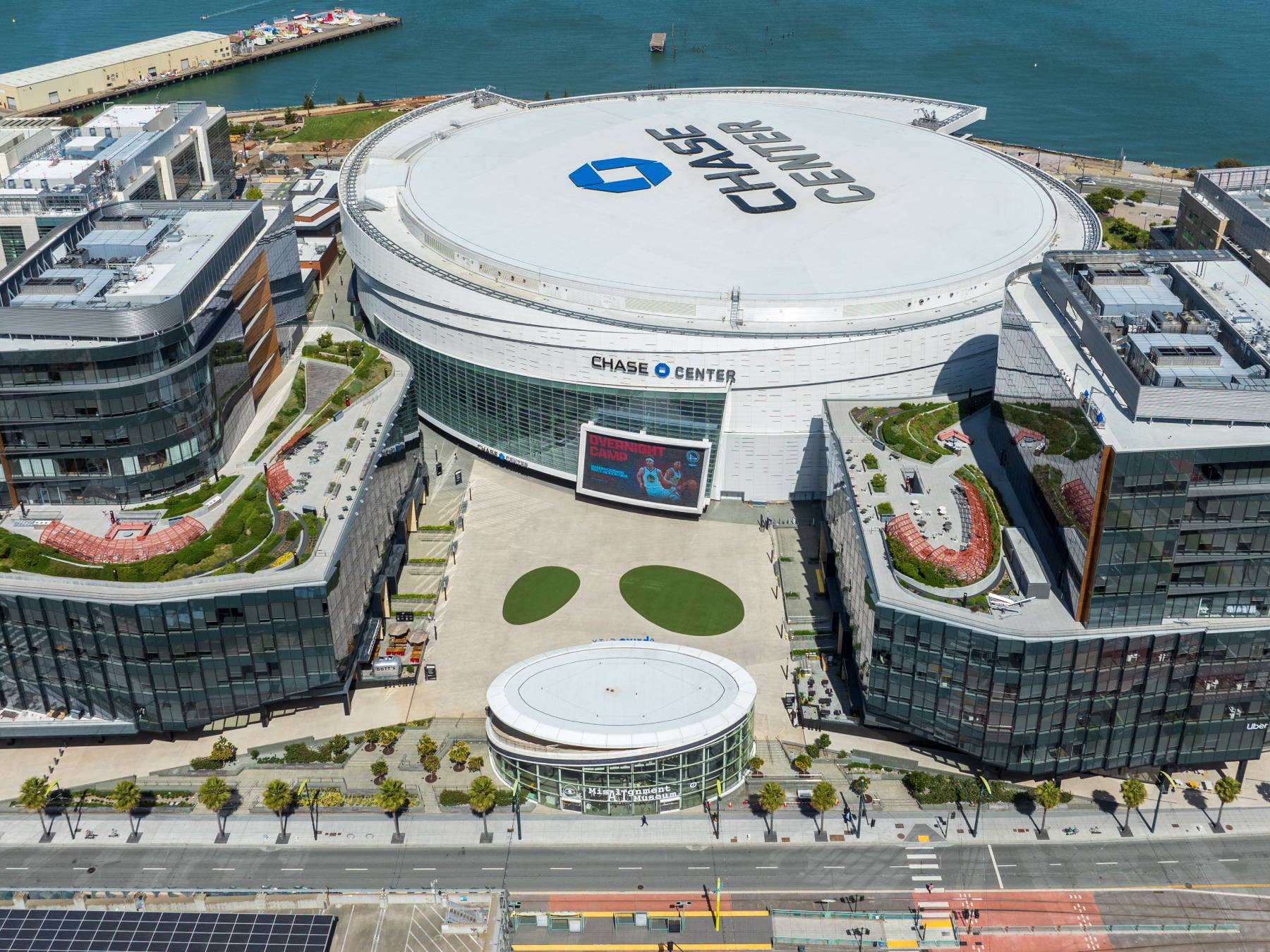

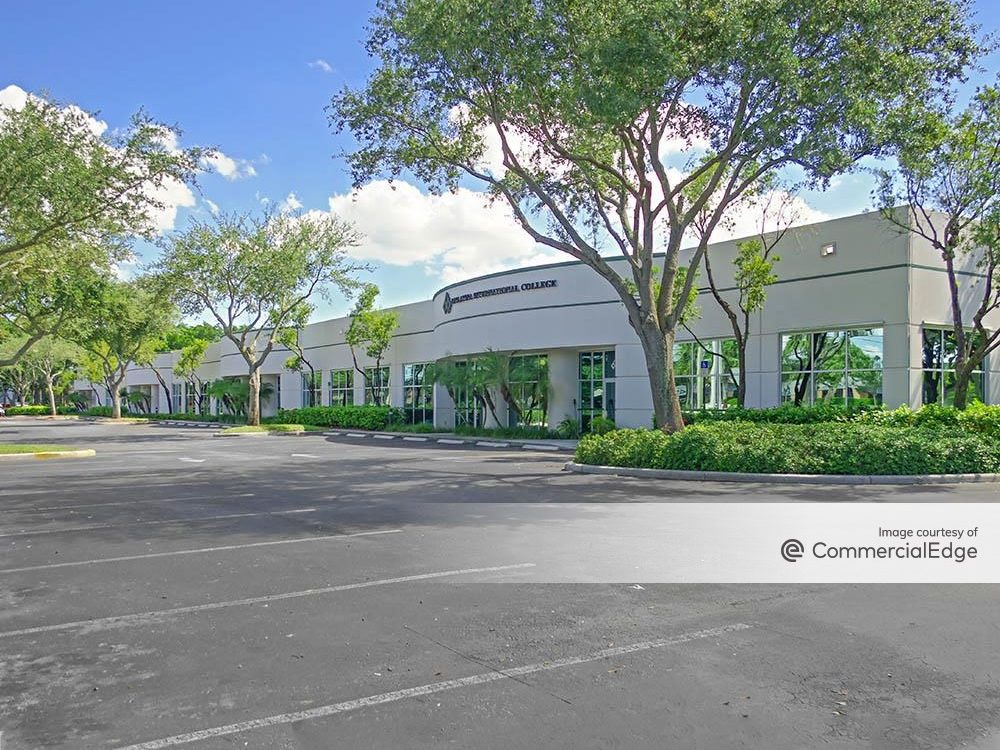
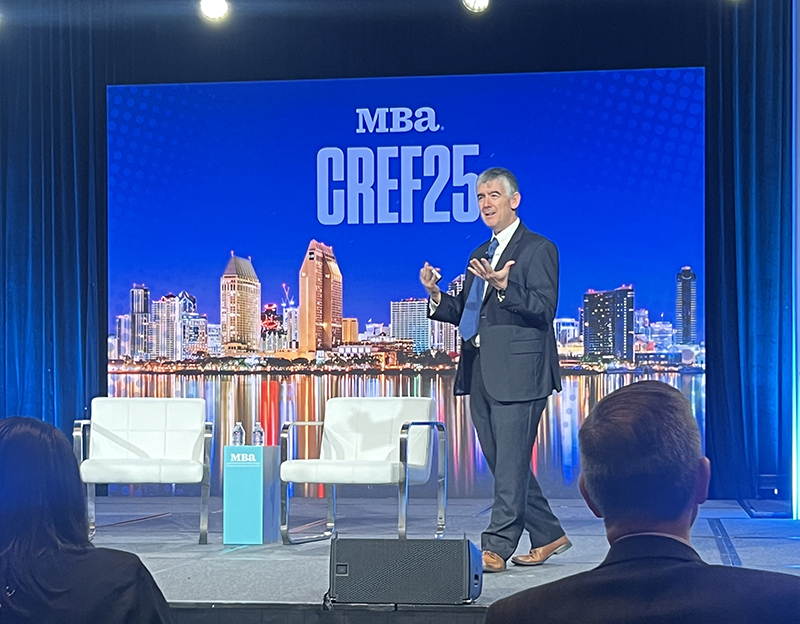

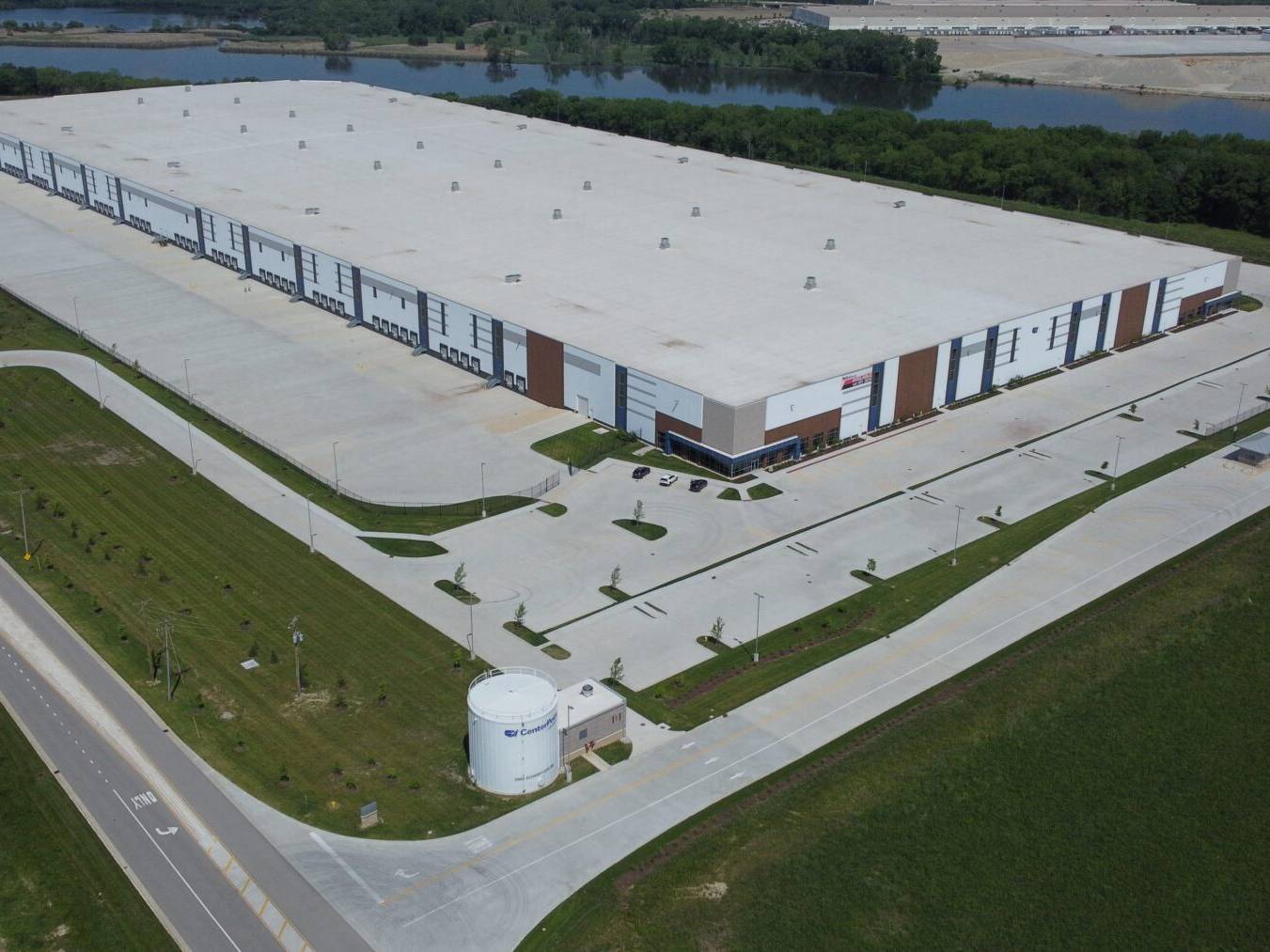
You must be logged in to post a comment.